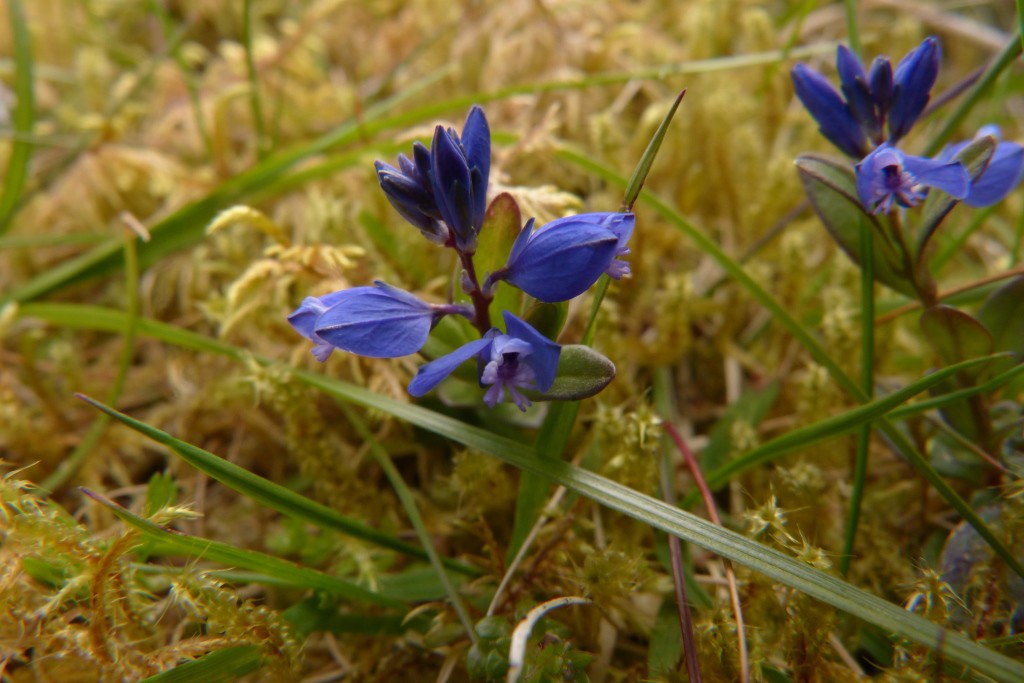By Sean Fagan

Heath milkwort is a tiny plant and very easy to overlook on the boggy lands it inhabits. When found, they are well worth a look (Photo: Sean Fagan).
.
.
Heath milkwort has a remarkable cousin in North America – snakeroot, Polygala senega.
Several First Nation tribes would often carry the roots of snakeroot in regions where poisonous snakes were prevalent (such as the desert regions of southwest North America).
The species name ‘Senega' is “derived from the Seneca tribe of North American Indians, among whom the plant was used as a remedy for snake-bites” (Link).
.
The root would be chewed and applied onto the bite area to provide relief.
Snakeroot was also used for alleviating insect bites and stings.
In a way, bushcraft is a means of reviving lost knowledge, lost traditions - that was once used by independent, capable and keenly-attuned people.
To make those connections sometimes requires a little research and a little creative thinking.
Probably many people have seen heath milkwort on their hikes throughout the mountainous, boggy lands of Ireland and further afield – but to think that a closely-related plant of heath milkwort was used by some of the First Nation people in wilderness regions of North America can make a strong impression on the imagination.
It’s a potentially potent association.
.
Technical competence is hugely important in the very physical pastime of Bushcraft - but what can also be important is fuelling the mind and the imagination.
It’s nice to develop an appreciation of those who practised bushcraft in the past.
.
Incidentally, this summer I will be collecting some roots of heath milkwort – to see if they will work on insect bites.
If they do work – it will make my day!
.
.
Related articles on this website:
.
Links:

Recent Comments